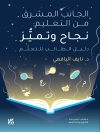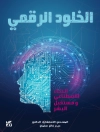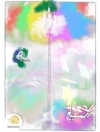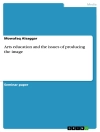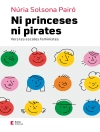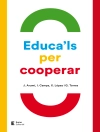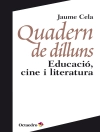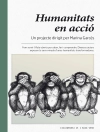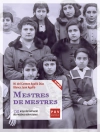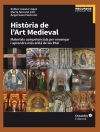This book provides a fundamental reassessment of mathematics education in the digital era. It constitutes a new mindset of how information and knowledge are processed by introducing new interconnective and interactive pedagogical approaches. Math education is catching up on technology, as courses and materials use digital sources and resources more and more. The time has come to evaluate this new dynamic, which transcends all previous use of ancillary devices to supplement classroom math instruction. Interactivity and interconnectivity with the online world of math and math texts (such as television programs and internet sites) can be integrated with our traditional modes for delivery of math instruction.
This book looks at how this integration can unfold practically by applying these relevant pedagogical principles to elementary topics such as numeration, arithmetic, algebra, story problems, combinatorics, and basic probability theory. The book further exemplifies how mathematics can be connected to topics in popular culture, information technologies, and other such domains.
Daftar Isi
Preface.- 1. An Overview of the History of Mathematics Pedagogy.-1.1 Mathematics in Antiquity.-1.2 Mathematics in the Medieval and Renaissance Periods.- 1.3 Mathematics in the Enlightenment and Romantic Periods.- 1.4 Mathematics in the Modern Era.- 1.5 Mathematics in the Digital Era.- 2. New Technologies in the Teaching of Teaching and Learning of Mathematics.- 2.1 Research on the Use of Video Games.- 2.2 Research on the Use of You Tube.- 2.3 Research on the Formation of Math Communities on Facebook and Twitter.- 2.4 Classroom Applications and Implications.- 2.5 Pedagogical Theories and Their Validity in the Internet Age.- 3. Interconnectedness in Mathematics Education.- 3.1 The Concepts of Interconnectedness and Network Competence.- 3.2 Connecting Mathematics to the Global Village.- 3.3 Mathematics in the Media.- 3.4 Using Puzzle Sites to Create a Pedagogical Forum.- 3.5 Creating Mathematical Themes Relevant to Interconnectedness.- 4. Interactivity and Multimodality in Mathematics Education.- 4.1 The Notion of Interactivity.- 4.2 The Notion of Multimodality.- 4.3 Relevant Educational Research.- 4.4 The Interactive Classroom.- 4.5 Some Experimental Proposals.- 5. Blending in Mathematics Education.- 5.1 The Notion of Blending.- 5.2 The Work of Lakoff, Turner, and Others.- 5.3 Conceptual Fluency in Math Education.- 5.4 The Internet as a Source of “Cyber-Blending”.- 5.5 Concluding Remarks.


